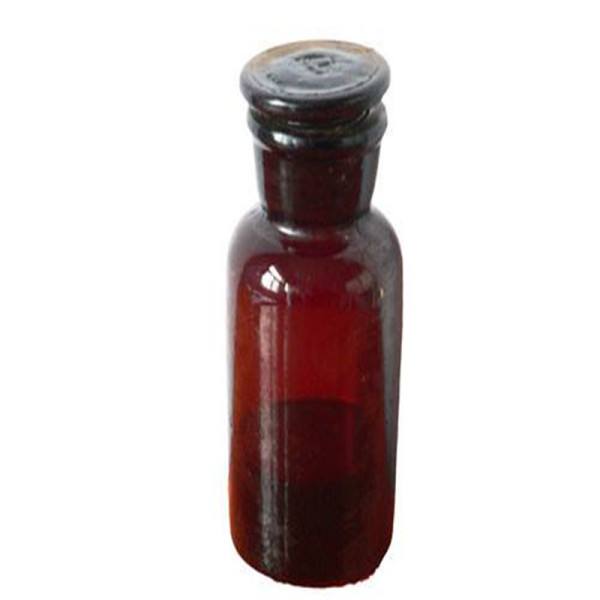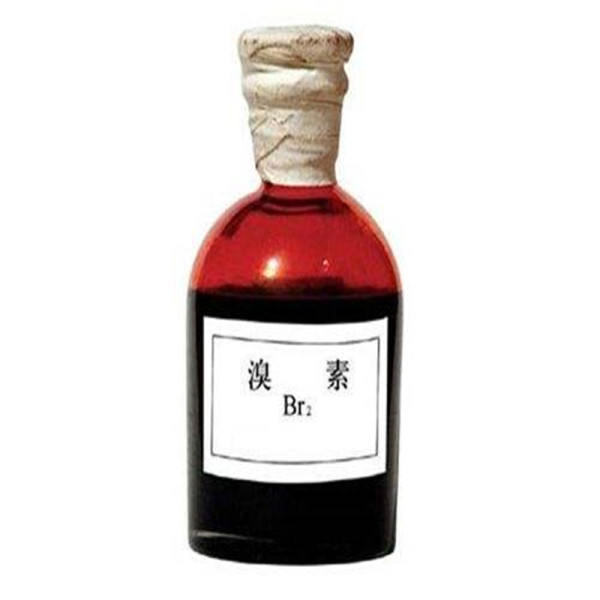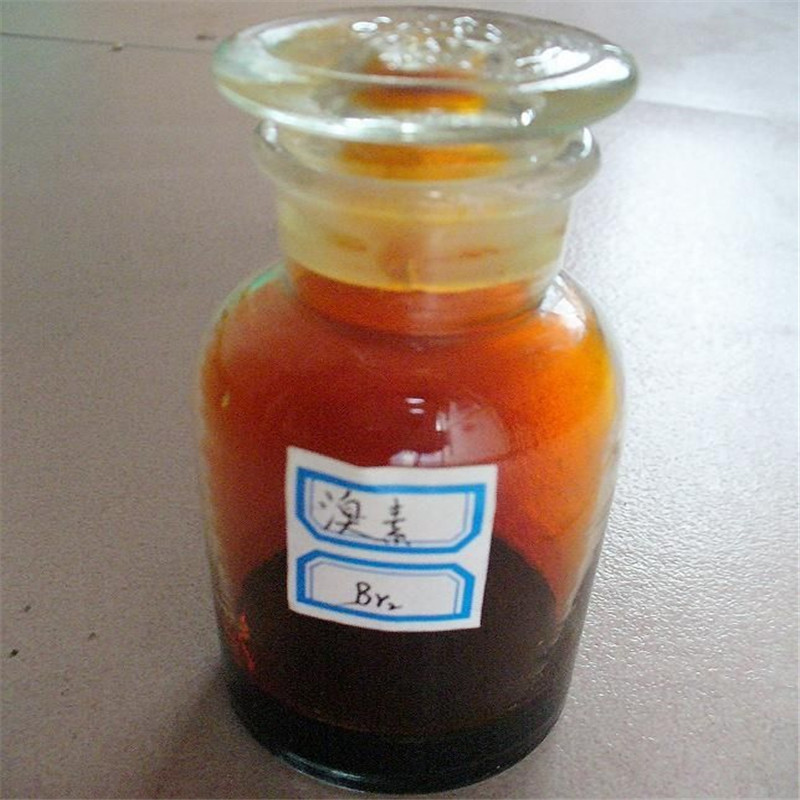- Home
- About Us
-
Products
- Basic Organic Chemicals
- Inorganic Chemicals
- Daily Chemicals
- Chemical Auxiliary Agents
- Agricultural Chemicals
- Fine Chemical Intermediates
- Active Pharmaceutical Ingredients
- Food Additives
- Pigment And Dyestuff
- Plant Extracts
- Other Chemical Material
- Organic Fertilizer
- Petrochemical Products
- Feed Additives
- Medical Masks
- Contact






.png) Contact Now
Contact Now
